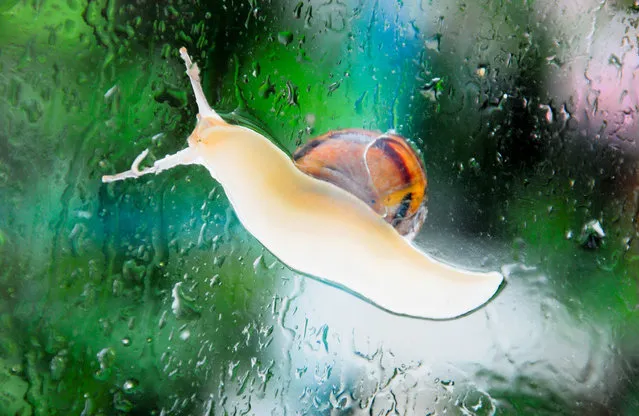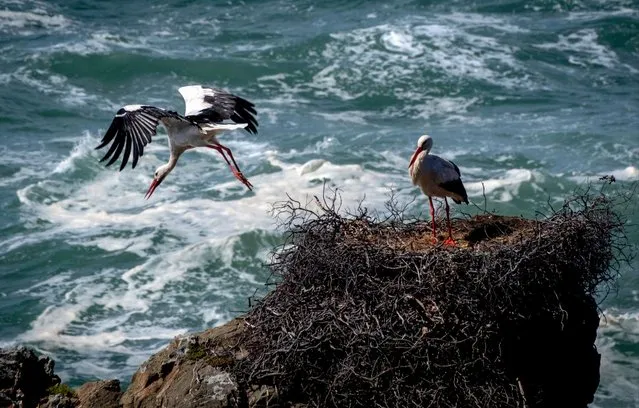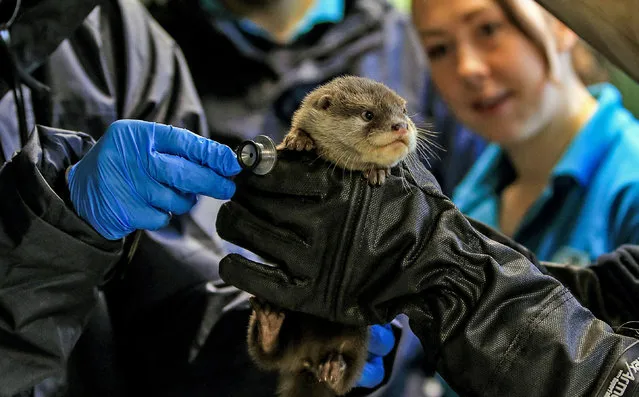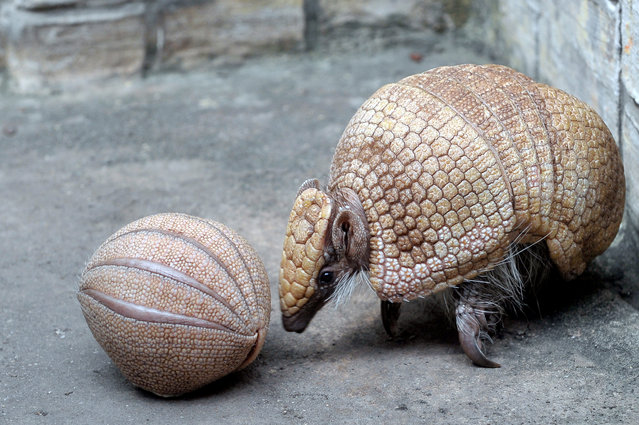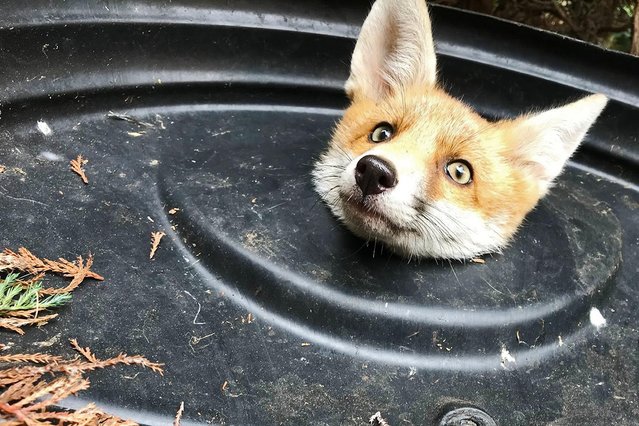
Rummaging in a bin for scraps, this fox in Barnet, north London, England found itself trapped in the lid on May 23, 2019. Luckily the Royal Society for the Prevention of Cruelty to Animals were able to free it. (Photo by RSPCA/PA Wire Press Association)
26 May 2019 00:03:00,post received
0 comments

